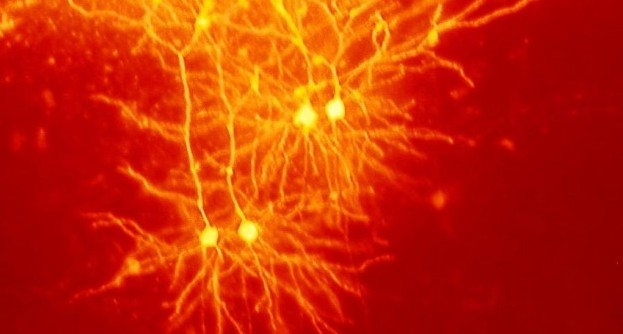 A woman known only as SM had no driving fears or driving phobias. In fact, the 40-something woman had not been scared of anything at all since suffering from a rare disease in her childhood. Her condition, officially known as Urbach-Wiethe disease, damaged the small area of her brain associated with fear, an almond-shaped region called the amygdala.
A woman known only as SM had no driving fears or driving phobias. In fact, the 40-something woman had not been scared of anything at all since suffering from a rare disease in her childhood. Her condition, officially known as Urbach-Wiethe disease, damaged the small area of her brain associated with fear, an almond-shaped region called the amygdala.
No amygdala meant no fear, as scientists thought amygala is fear’s sole gatekeeper, right?
Well, that may very well be wrong. A University of Iowa study published in Nature Neruoscience discovered the amygdala is not the only place fear lurks in the brain, as evidenced by an experiment with the formerly fearless woman.
Researchers had her inhale enough carbon dioxide to induce panic, and induce panic it did.
“…within seconds of breathing in the mixture, she cried for help, overwhelmed by the sensation that she was suffocating,” according to the university website Iowa Now.
Since the reaction could have no way stemmed from her amygdala, researchers concluded the brain must contain other regions that are also associated with fear.
“Other regions— such as the brainstem, diencephalon , or insular cortex—could sense the body’s most primal inner signals of danger when basic survival is threatened,” IowaNow reports.
Great, you may be saying, that may mean more pockets of driving fear and driving anxiety that I didn’t even know about! But the scientists, too, are saying great because it could mean new developments in treatments that are even more effective.
This also gets a vote of great since it illustrates how panic attacks, the granddaddy of fear, may be coming from an entirely different area of the brain altogether, making them easier to pinpoint and treat. Additional conditions that may get a treatment boost include post-traumatic stress syndrome and conditions related to anxiety.
Another note to note about the study is the type of fears recognized. Fears that invade daily life may still be harbored in the amygdala, but those that seem to threaten your very life may be coming from other regions entirely. So now it could indeed be great to know that panic and fear may stem from entirely different areas of the brain, and treating your panic attacks that erupt from your driving fears may require a different mode of treatment than the driving fears themselves.
SOURCES:
- http://now.uiowa.edu/2013/01/human-brain-divided-fear-and-panic
- Justin S. Feinstein, Colin Buzza, Rene Hurlemann, Robin L. Follmer, Nader S. Dahdaleh, William H. Coryell, Michael J. Welsh, Daniel Tranel, and John A. Wemmie. (2013). Fear and panic in humans with bilateral amygdala damage. Nature Neuroscience, DOI: 10.1038/nn.3323







